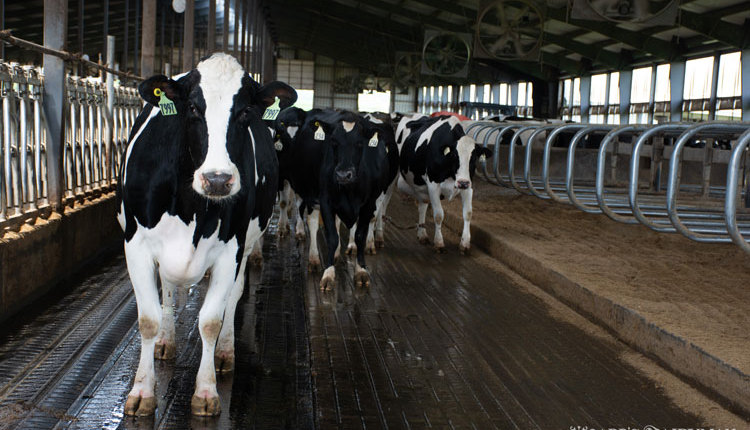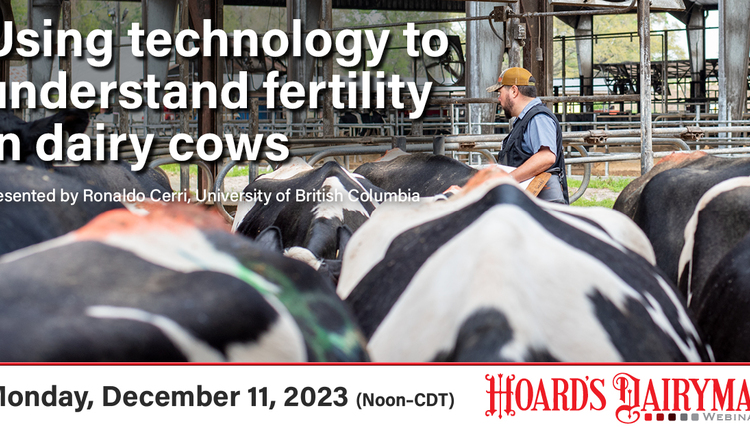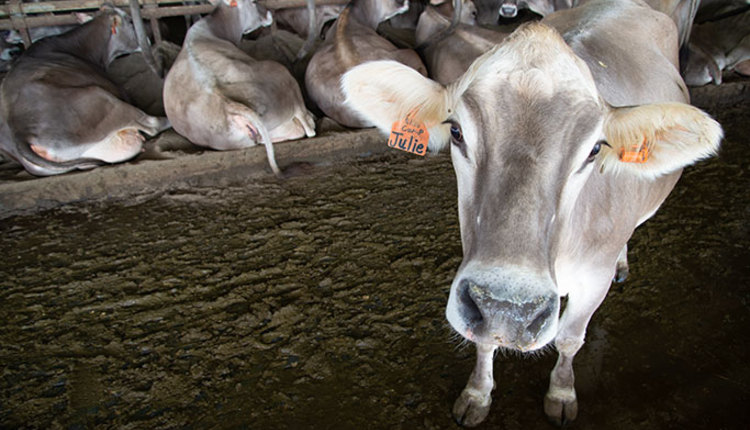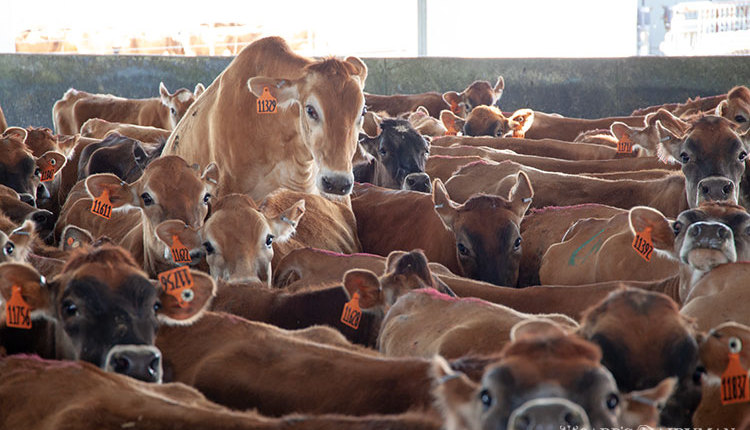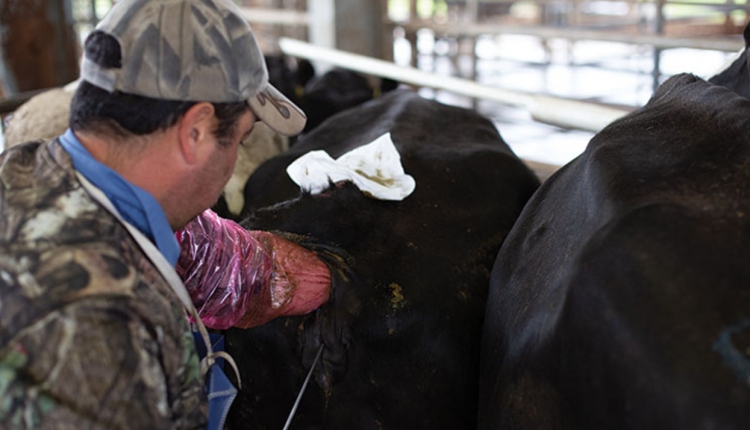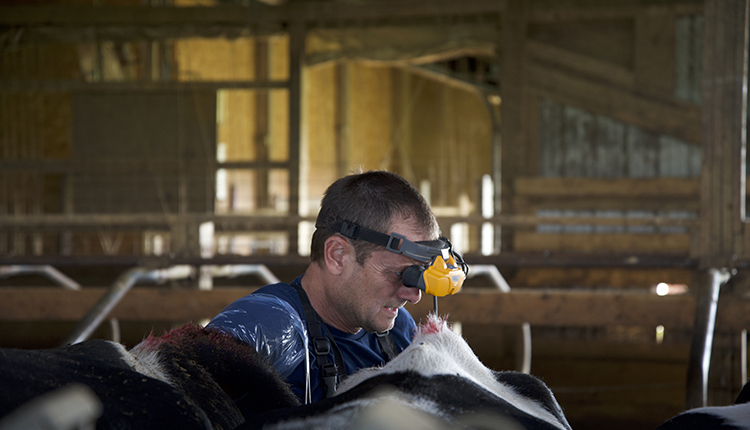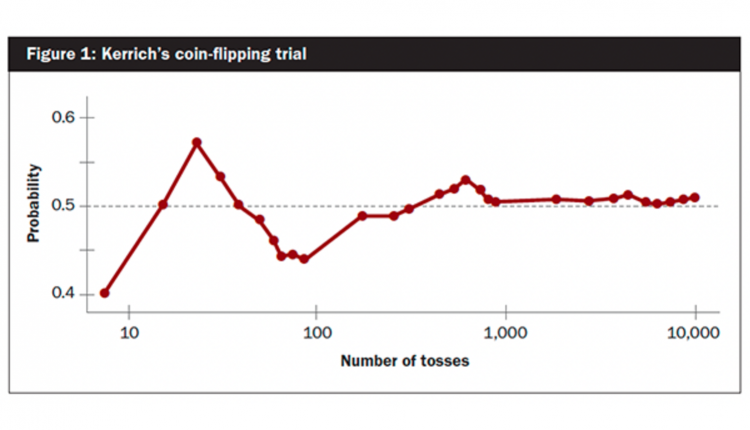The author is a professor in the department of dairy science, University of Wisconsin-Madison.
Achieving excellent reproductive performance is a critical goal for any dairy enterprise because reproductive efficiency drives overall profitability. Although numerous factors affect reproductive performance, concentrating on the following seven areas can lead to excellent results on your farm.

Tracking cows and maintaining compliance to protocols is top priority for reproductive success.
Inseminate cows at the correct time.
Properly timing A.I. in relation to either observed heats or synchronized ovulations can profoundly affect fertility. Research has shown that a single, midmorning A.I. for all cows and heifers detected in estrus the night before or the same morning is an effective alternative to strictly adhering to the a.m./p.m. rule In fact, cows inseminated strictly based on the a.m./p.m. rule may actually be inseminated too late, resulting in reduced fertility.
For farms using timed A.I. . . . standard Ovsynch protocol (GnRH, d 0; PGF, d 7; GnRH, d 9) or Ovsynch 56 (in which the interval between PGF and the second GnRH injections is 56 h and timed A.I. occurs about 12 h after the second GnRH injection) is strongly recommended over Cosynch protocols based on the physiology of timing of A.I. in relation to ovulation. Research has shown an increase in conception rate of nearly 10 percent when switching from a Cosynch to an Ovsynch 56 protocol.
Improve A.I. technician efficiency.
Research has consistently shown that the people responsible for conducting A.I. on a farm can have a profound effect on fertility. In controlled research trials, fertility of cows inseminated by professional A.I. technicians almost always exceeds that of on-farm inseminators. One common mistake inexperienced inseminators make is to deposit the semen into the cervix rather than into the uterine body, thereby reducing conception rate. These studies strongly support use of professional A.I. technicians when A.I. technique is a suspected cause of low conception rates on a farm. At the very least, retrain on-farm inseminators on a regular basis.
Inseminate cows quickly after the end of the voluntary waiting period.
Aggressively inseminating cows after the voluntary waiting period is the first step toward reproductive success. Although this can be achieved with excellent estrous detection, combining estrous detection with a proven synchronization protocol such as Presynch-Ovsynch can ensure that nearly all cows are inseminated for the first time in a timely manner. Additionally, the first postpartum A.I. service represents a unique opportunity because all cows in the herd have a known pregnancy status which allows for use of hormonal synchronization systems that use PGF without the risk of aborting a previously established pregnancy.
Maintain high compliance to protocols.
To achieve success with timed A.I. protocols, each farm has to develop a system to administer the correct injections to the correct group of cows on the correct days, and then subsequently inseminate the correct group of cows. For a farm that achieves a 95 percent compliance rate on any given day (95 percent of the cows that should get a treatment actually get the correct one), on average, nearly one in four cows will not successfully complete the five treatments of the Presynch-Ovsynch protocol (0.95 x 0.95 x 0.95 x 0.95 x 0.95 = 0.77). That means farms that cannot achieve acceptable protocol compliance should consider focusing on other methods to improve A.I. service rate.
Identify nonpregnant cows early, but not too early, after insemination.
Identifying nonpregnant cows early after insemination improves reproductive performance and reduces the interval between successive A.I. services. This early identification should be coupled with an aggressive strategy to rapidly reinseminate open cows. While the early pregnancy diagnosis has its benefits, cows diagnosed pregnant early postinsemination have a greater risk for subsequent pregnancy loss compared to those cows diagnosed later after insemination. If left unidentified, cows that subsequently lose a pregnancy reduce reproductive efficiency.
Bottom line, rectal palpation should not be done before about 34 days after A.I., whereas ultrasound should not be done before about 28 to 30 days after A.I. It is also critical to include pregnancy rechecks, usually at around 60 days and at dry-off, to identify cows that experience pregnancy loss.
Aggressively reinseminate nonpregnant cows.
Synchronization protocols and timed A.I. have definitely improved service rate at first A.I. service and reduced the impact of poor estrous detection. However, benefits from improved first A.I. submission rates are often followed by a lengthy time lag when cows failing to conceive are detected and reinseminated. Although new strategies are being developed, Resynch-32, where all cows receive GnRH 32 days after a previous timed A.I. and pregnancy diagnosis occurs at 39 days so that nonpregnant cows can continue the protocol, is the best available strategy. This recommendation is based on data in which the earliest Resynch intervals of 19 or 26 days after timed A.I. do not yield the greatest fertility. Additionally, assessing a cow's pregnancy status should be delayed until the latest possible time after timed A.I. and during Resynch to ensure that diagnostic outcomes using ultrasound are not confounded by subsequent pregnancy loss. New resynch strategies are being tested to reduce the interval between timed A.I. while also improving fertility and may eventually displace the Resynch-32 protocol as the protocol of choice in the dairy industry.
Adopt and adapt to new technologies.
Many technologies are becoming available to help manage reproduction. Time will tell which new technologies will be incorporated and which will not. Each dairy manager must evaluate the potential that these new technologies offer to their dairy. Much research is being conducted to determine how multiple technologies can be synergistically implemented onto dairies. Several technologies are entering the commercial market or are on the horizon including:
Click here to return to the Reproduction E-Sources
110310_162
Achieving excellent reproductive performance is a critical goal for any dairy enterprise because reproductive efficiency drives overall profitability. Although numerous factors affect reproductive performance, concentrating on the following seven areas can lead to excellent results on your farm.

Inseminate cows at the correct time.
Properly timing A.I. in relation to either observed heats or synchronized ovulations can profoundly affect fertility. Research has shown that a single, midmorning A.I. for all cows and heifers detected in estrus the night before or the same morning is an effective alternative to strictly adhering to the a.m./p.m. rule In fact, cows inseminated strictly based on the a.m./p.m. rule may actually be inseminated too late, resulting in reduced fertility.
For farms using timed A.I. . . . standard Ovsynch protocol (GnRH, d 0; PGF, d 7; GnRH, d 9) or Ovsynch 56 (in which the interval between PGF and the second GnRH injections is 56 h and timed A.I. occurs about 12 h after the second GnRH injection) is strongly recommended over Cosynch protocols based on the physiology of timing of A.I. in relation to ovulation. Research has shown an increase in conception rate of nearly 10 percent when switching from a Cosynch to an Ovsynch 56 protocol.
Improve A.I. technician efficiency.
Research has consistently shown that the people responsible for conducting A.I. on a farm can have a profound effect on fertility. In controlled research trials, fertility of cows inseminated by professional A.I. technicians almost always exceeds that of on-farm inseminators. One common mistake inexperienced inseminators make is to deposit the semen into the cervix rather than into the uterine body, thereby reducing conception rate. These studies strongly support use of professional A.I. technicians when A.I. technique is a suspected cause of low conception rates on a farm. At the very least, retrain on-farm inseminators on a regular basis.
Inseminate cows quickly after the end of the voluntary waiting period.
Aggressively inseminating cows after the voluntary waiting period is the first step toward reproductive success. Although this can be achieved with excellent estrous detection, combining estrous detection with a proven synchronization protocol such as Presynch-Ovsynch can ensure that nearly all cows are inseminated for the first time in a timely manner. Additionally, the first postpartum A.I. service represents a unique opportunity because all cows in the herd have a known pregnancy status which allows for use of hormonal synchronization systems that use PGF without the risk of aborting a previously established pregnancy.
Maintain high compliance to protocols.
To achieve success with timed A.I. protocols, each farm has to develop a system to administer the correct injections to the correct group of cows on the correct days, and then subsequently inseminate the correct group of cows. For a farm that achieves a 95 percent compliance rate on any given day (95 percent of the cows that should get a treatment actually get the correct one), on average, nearly one in four cows will not successfully complete the five treatments of the Presynch-Ovsynch protocol (0.95 x 0.95 x 0.95 x 0.95 x 0.95 = 0.77). That means farms that cannot achieve acceptable protocol compliance should consider focusing on other methods to improve A.I. service rate.
Identify nonpregnant cows early, but not too early, after insemination.
Identifying nonpregnant cows early after insemination improves reproductive performance and reduces the interval between successive A.I. services. This early identification should be coupled with an aggressive strategy to rapidly reinseminate open cows. While the early pregnancy diagnosis has its benefits, cows diagnosed pregnant early postinsemination have a greater risk for subsequent pregnancy loss compared to those cows diagnosed later after insemination. If left unidentified, cows that subsequently lose a pregnancy reduce reproductive efficiency.
Bottom line, rectal palpation should not be done before about 34 days after A.I., whereas ultrasound should not be done before about 28 to 30 days after A.I. It is also critical to include pregnancy rechecks, usually at around 60 days and at dry-off, to identify cows that experience pregnancy loss.
Aggressively reinseminate nonpregnant cows.
Synchronization protocols and timed A.I. have definitely improved service rate at first A.I. service and reduced the impact of poor estrous detection. However, benefits from improved first A.I. submission rates are often followed by a lengthy time lag when cows failing to conceive are detected and reinseminated. Although new strategies are being developed, Resynch-32, where all cows receive GnRH 32 days after a previous timed A.I. and pregnancy diagnosis occurs at 39 days so that nonpregnant cows can continue the protocol, is the best available strategy. This recommendation is based on data in which the earliest Resynch intervals of 19 or 26 days after timed A.I. do not yield the greatest fertility. Additionally, assessing a cow's pregnancy status should be delayed until the latest possible time after timed A.I. and during Resynch to ensure that diagnostic outcomes using ultrasound are not confounded by subsequent pregnancy loss. New resynch strategies are being tested to reduce the interval between timed A.I. while also improving fertility and may eventually displace the Resynch-32 protocol as the protocol of choice in the dairy industry.
Adopt and adapt to new technologies.
Many technologies are becoming available to help manage reproduction. Time will tell which new technologies will be incorporated and which will not. Each dairy manager must evaluate the potential that these new technologies offer to their dairy. Much research is being conducted to determine how multiple technologies can be synergistically implemented onto dairies. Several technologies are entering the commercial market or are on the horizon including:
- methods to better manage cows (RFID tags and readers, dairy management software programs)
- systems for synchronizing and resynchronizing cows (Double Ovsynch and Resynch systems)
- electronic activity monitors to aid in detection of estrus (Allpro, CowTracker, Moo-Monitor, and Select Detect systems)
- chemical methods for early nonpregnancy diagnosis (BioPRYN and DG29)
110310_162
